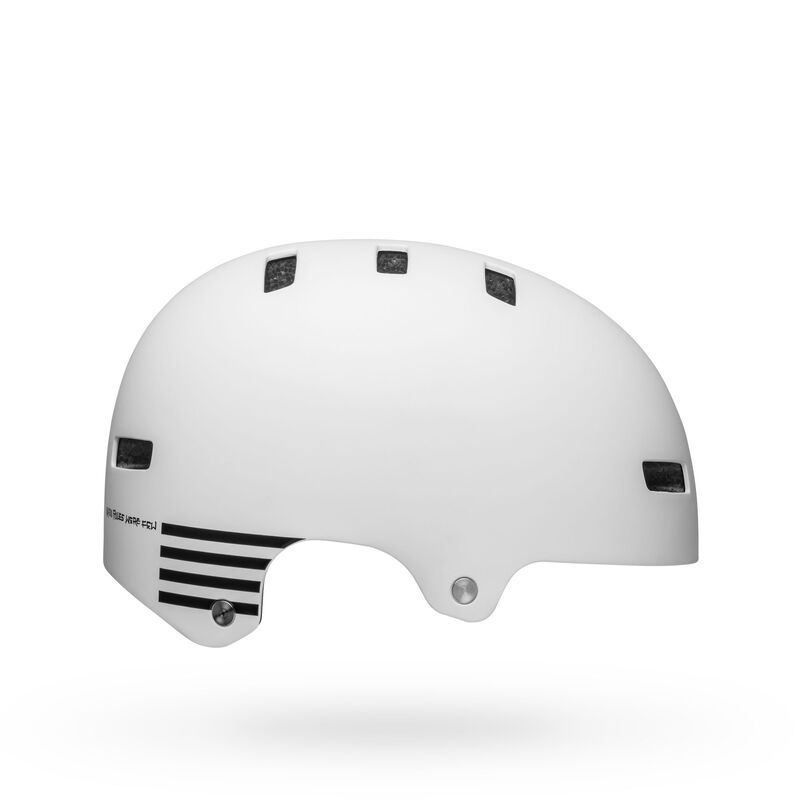What is the difference from electric moped electric bicycle?
An electric Moped and an electric bicycle may seem similar at first glance, but there are several key differences between the two. While both vehicles are powered by an electric motor, there are distinctions in terms of their design, functionality, and legal classification.
An electric Moped typically resembles a small Motorcycle or Scooter, with features such as larger wheels, a seat, and a more robust frame. Mopeds usually have higher top speeds and are designed for use on roads and highways. They often require a valid driver's license and registration, similar to traditional motor vehicles.
On the other hand, an electric bicycle, or eBike, is more akin to a regular bicycle with the addition of an electric motor and battery. Ebikes are designed to be pedaled by the rider, with the motor providing a power boost through either pedal-assist or throttle-based acceleration. Unlike electric mopeds, ebikes have lower top speeds and are typically limited to around 20-28 mph in most countries.
Another difference is the legal classification. In many jurisdictions, electric bicycles are considered to be regular bicycles as long as they meet certain criteria, such as maximum motor power and speed limits. This means that no license or registration is required to ride an electric bicycle on public roads and bike paths. Electric mopeds, on the other hand, may be subject to specific regulations and require the rider to hold a valid driver's license and registration.
In summary, while both electric mopeds and electric bicycles share an electric motor, they differ in terms of design, functionality, top speed, and legal classification. Understanding these distinctions can help you choose the right electric vehicle for your specific needs and comply with LOCAL regulations.
An electric Moped typically resembles a small Motorcycle or Scooter, with features such as larger wheels, a seat, and a more robust frame. Mopeds usually have higher top speeds and are designed for use on roads and highways. They often require a valid driver's license and registration, similar to traditional motor vehicles.
On the other hand, an electric bicycle, or eBike, is more akin to a regular bicycle with the addition of an electric motor and battery. Ebikes are designed to be pedaled by the rider, with the motor providing a power boost through either pedal-assist or throttle-based acceleration. Unlike electric mopeds, ebikes have lower top speeds and are typically limited to around 20-28 mph in most countries.
Another difference is the legal classification. In many jurisdictions, electric bicycles are considered to be regular bicycles as long as they meet certain criteria, such as maximum motor power and speed limits. This means that no license or registration is required to ride an electric bicycle on public roads and bike paths. Electric mopeds, on the other hand, may be subject to specific regulations and require the rider to hold a valid driver's license and registration.
In summary, while both electric mopeds and electric bicycles share an electric motor, they differ in terms of design, functionality, top speed, and legal classification. Understanding these distinctions can help you choose the right electric vehicle for your specific needs and comply with LOCAL regulations.
Subscribe to Ride Review
Sign up for free for the Ride Review Newsletter - the world's largest newsletter about small electric vehicles - and have chances to win our electric bike and scooter giveaways. Trusted by over 60,000 riders around the world.

Join Ride Review Newsletter
The largest newsletter for small electric vehicles. No spam, just rides!
Join Ride AI Newsletter
We track how technology is changing the way we move.
When you purchase through links on our site, we may earn an affiliate commission.

